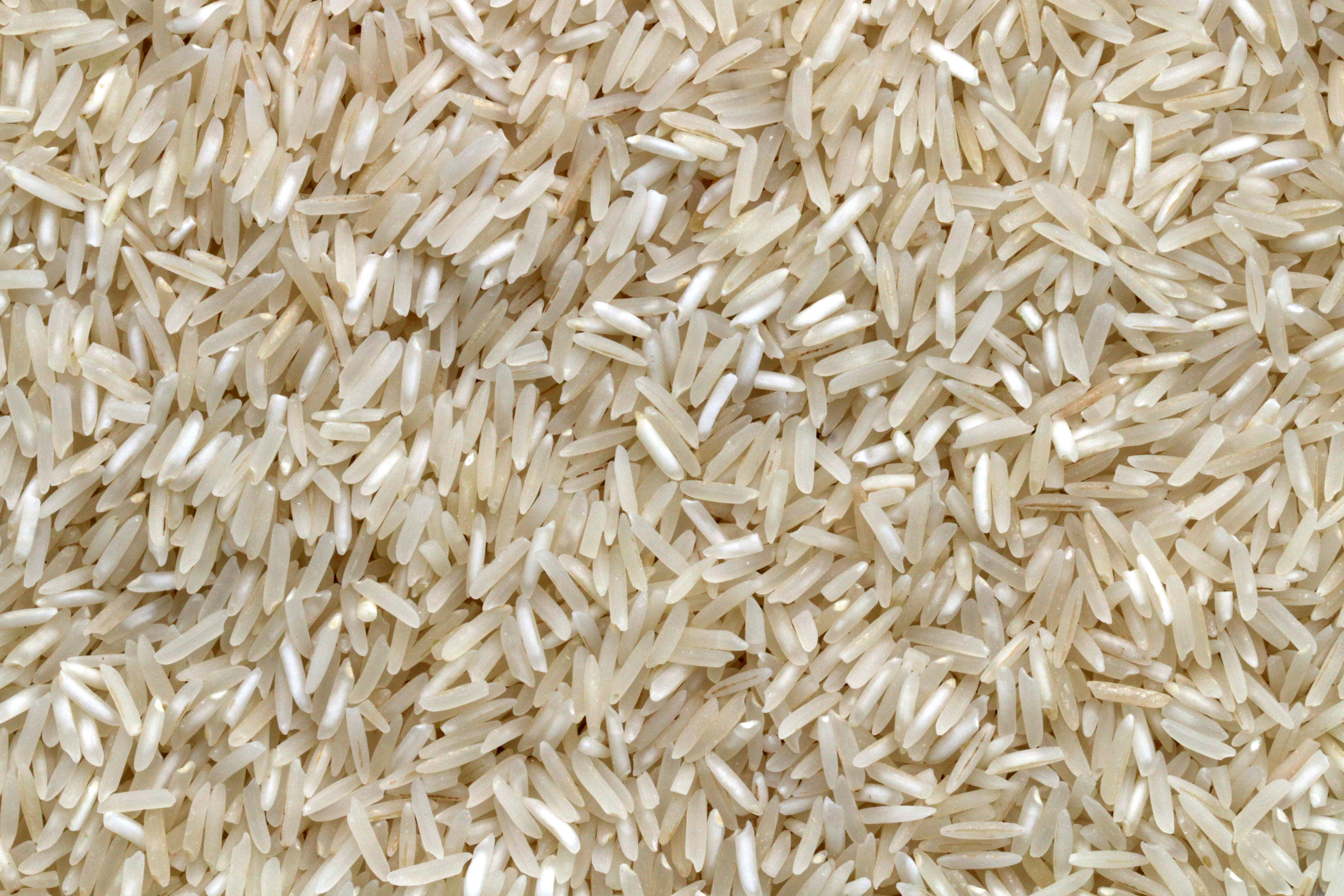Media release
From:
Peer-reviewed Experimental study
High-yield rice breed emits up to 70% less methane
Rice cultivation is responsible for around 12% of global methane emissions, and these emissions are expected to increase with global warming and as the human population continues to grow. Now, scientists have identified chemical compounds released by rice roots that determine how much methane the plants emit. On February 3 in the Cell Press journal Molecular Plant, they report that this information enabled them to breed a new strain of rice that emits up to 70% less methane.
“This study shows that you can have low methane and still have a rice with high yields,” says senior author Anna Schnürer, a microbiologist at the Swedish University of Agricultural Sciences. “And you can do it using traditional breeding methods, without GMO, if you know what you’re looking for.”
The methane emitted by rice paddies is produced by microbes that break down organic compounds released from rice plant roots. Rice and other plants release these compounds, known as “root exudates,” to feed soil microbes, which in turn aid plant growth by releasing nutrients that the plants can absorb. Though it’s been long understood that soil microbes and root exudates are involved in methane emissions, it was unclear which chemical compounds in root exudates were responsible.
To identify which root exudate compounds are converted into methane, the researchers compared root exudates from two different rice varieties —SUSIBA2, a low-methane emitting GMO variety, and Nipponbare, a non-GMO cultivar with average methane emissions. They found that SUSIBA2 roots produced significantly less fumarate and noted a correlation between the amount of fumarate secreted and the abundance of methane-releasing archaea or “methanogens” in the surrounding soil.
To confirm fumarate’s role, the researchers added fumarate to the soil of rice plants grown in containers, which resulted in increased methane emissions. They also demonstrated that applying oxantel, a chemical that inhibits the enzymatic breakdown of fumarate, effectively reduced methane emissions. However, since the SUSIBA2 plants still produced less methane than the Nipponbare plants, the researchers realized that fumarate isn’t the only piece to the puzzle.
“It was almost like having a riddle,” says Schnürer. “We noticed that the soil itself contained something that reduced methane emissions, so we started thinking that there must be an inhibitor of some kind that is also causing the difference between the varieties.”
When they re-analyzed the root exudates, the team noticed that SUSIBA2 plants also release significantly more ethanol. Adding ethanol to the soil surrounding rice plants reduced methane emissions.
Next, the team investigated whether they could use traditional breeding methods to produce low methane-emitting rice with high yield. To do this, they crossbred a high yield or “elite” rice variety with a previously identified low-methane-emitting variety (the Heijing cultivar) whose root exudate was low in fumarate and high in ethanol.
The rice plants from this crossbreeding consistently released root exudates with low fumarate and high ethanol (LFHE) profiles. When the researchers grew these LFHE rice varieties at various field sites throughout China, they showed that the LFHE rice produced 70% less methane on average compared with the elite variety from which it was bred. The LFHE crops also produced relatively high yields—8.96 tons/hectare on average, compared to the 2024 global average of 4.71 tons/hectare.
The researchers also investigated whether ethanol and oxantel could be used to reduce methane emissions at a large scale. Based on a two-year field trial at two different sites in China, this treatment resulted in approximately 60% reduction in methane emissions without impacting crop yield.
Now, the researchers are working to register the LFHE rice as a variety with the Chinese government and others, meaning that it could be marketed to farmers in the future. They’re also working with fertilizer companies to investigate whether oxantel could be added to commercial fertilizers.
“To make these things happen, we’ll also need some encouragement from governments to motivate and support farmers to use these low-methane varieties,” says Schnürer. “It’s one thing to breed eco-friendly rice varieties, but then it’s critical to get them on the market and to get the farmers to accept them.”
Multimedia




 International
International



